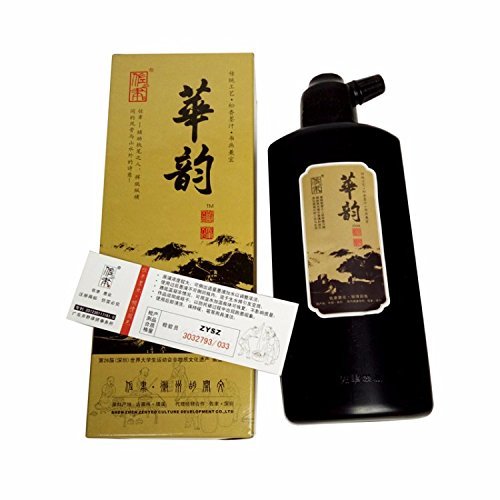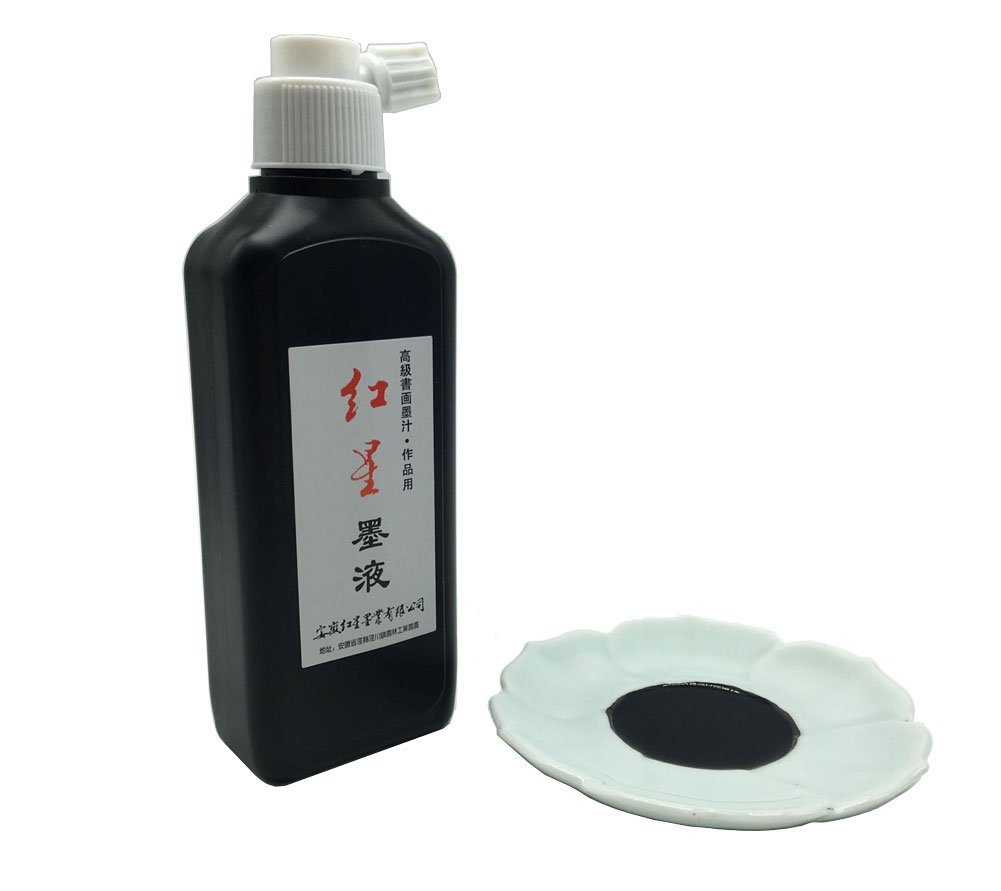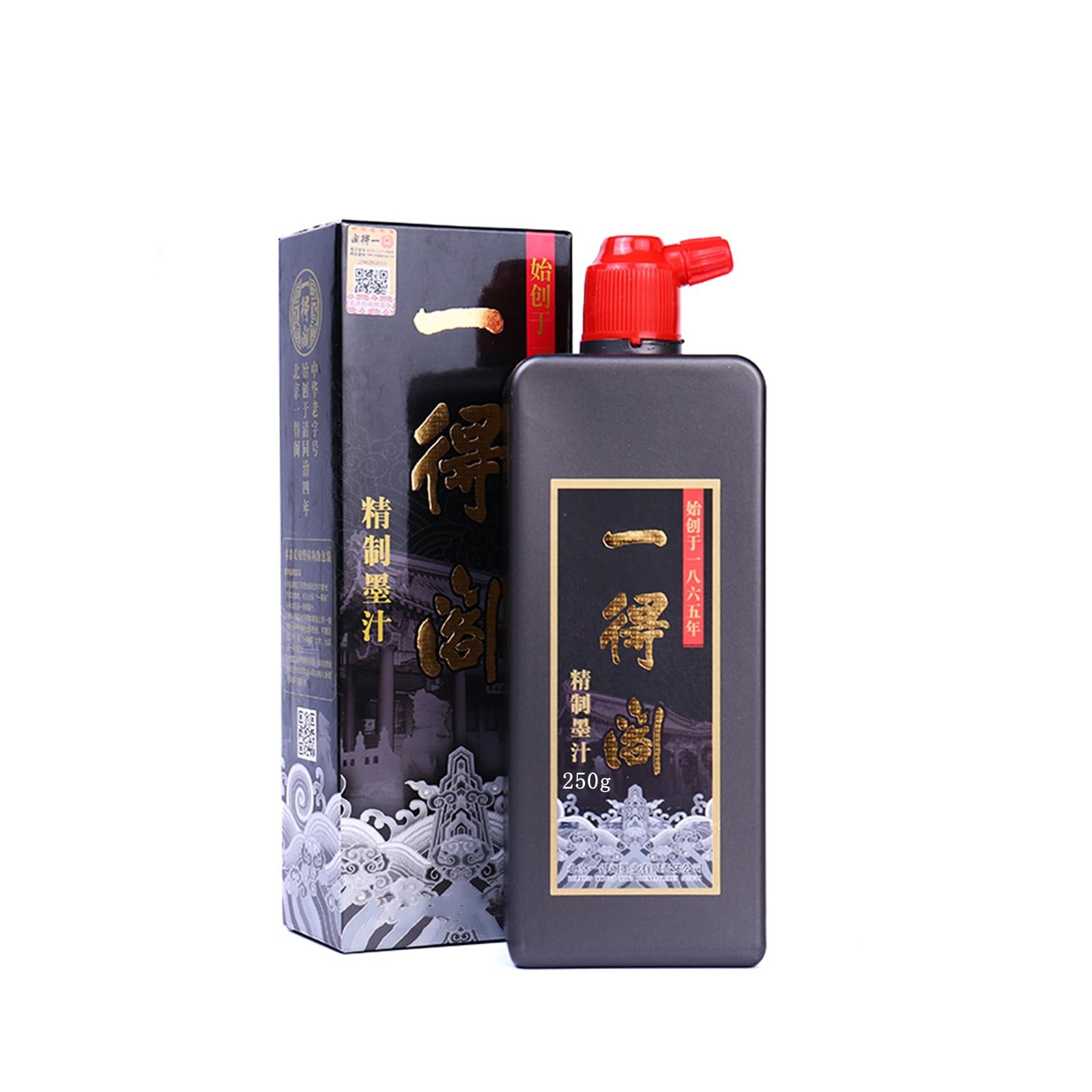The world of calligraphy is rich with tradition and artistry, and the right ink can make all the difference in achieving beautiful, flowing letters.
L’Artisan Traditional Inks stand out in this category, offering a range of colors and qualities that cater to different styles and techniques.
Whether you’re tackling an elegant wedding invitation or a bold artwork, the ink you choose plays a crucial role in the final appearance of your projects.
When selecting calligraphy ink, you must consider factors like opacity, drying time, and how well it adheres to the paper.
The right consistency can enhance the smoothness of your strokes and the vibrancy of colors.
Additionally, ensuring that the ink is formulated for calligraphy prevents clogging of your pens and nibs, which can be frustrating during a project.
With so many options available, I took the time to really dig into the various L’Artisan Traditional Inks.
I wanted to see which ones truly stand up to the demands of detailed calligraphy work.
My research led me to discover some standout products that combine quality with a diverse palette, making them ideal for different artistic needs.
Best L’Artisan Traditional Inks for Calligraphy
I’m excited to share my top picks for L’Artisan traditional inks that are perfect for calligraphy enthusiasts.
These inks not only deliver vibrant colors but also provide smooth application for beautiful writing.
Let’s dive into the best options available!
Hmayart Black Sumi Ink
I really enjoyed using this ink for my calligraphy practice.
- Smooth application and rich color.
- Subtle scent that’s pleasant rather than overpowering.
- Generous amount for the price, perfect for beginners and experienced users alike.
- Bottle often arrives less than full to prevent spills.
- Some users may find it not thick enough for deep blacks.
- Requires proper handling to avoid mess due to liquid consistency.
When I first used the Hmayart Black Sumi Ink, I was impressed by how smoothly it flowed onto the xuan paper.
The consistency is just right for brush work, making it easy to create beautiful strokes and characters.
Another thing I loved is the subtle fragrance.
Unlike some inks that can be quite strong, this one adds a nice touch without being overpowering.
It feels like a traditional experience without the headaches from harsh smells.
There was one small drawback: the bottle didn’t arrive full, which I found a little odd at first.
It’s meant to prevent spills, but still, it was surprising.
Also, while I prefer deeper black shades, I found this ink remained vibrant when applied correctly.
It might not satisfy those looking for a thick, paste-like consistency.
Overall, it’s a solid choice for anyone interested in traditional Chinese calligraphy or ink painting.
Easyou Liquid Sumi Ink
This ink delivers impressive performance for traditional calligraphy and brush painting, making it a solid choice for both beginners and experienced artists.
- Deep, rich black color that stands out.
- Smooth application, perfect for my dip pen.
- Excellent absorption on xuan paper, enhancing the layers.
- The pleasant fragrance may not be for everyone.
- Doesn’t include a palette for mixing or testing colors.
- Some may find it less suitable for certain papers.
My recent experience with the Easyou Liquid Sumi Ink was quite rewarding.
The dark black finish it provides is gorgeous—it’s hard to express just how satisfying it feels to watch the ink flow.
It applies smoothly onto the page, which I’ve found particularly helpful when using my glass dip pen.
I appreciate that it absorbs brilliantly on xuan paper, giving my work depth and vibrancy.
While the ink boasts a slight fragrance that I found pleasant, it might not appeal to everyone.
I also noticed it comes without a palette, which would have been useful for testing colors or mixing.
It’s important to note that the ink may not perform the same on all types of paper.
This sumi ink has quickly become a staple in my calligraphy toolkit.
Whether I’m crafting elegant letters or diving into brush painting techniques, it fits the bill.
If you’re looking for something that combines tradition with quality, this could be the right choice for you.
Hmayart Super Thick Black Ink
This ink is a solid choice if you’re looking to enhance your calligraphy or traditional art with a deep, rich black color.
- Very thick consistency, perfect for bold strokes.
- Ready to use right out of the bottle, no mixing needed.
- Works excellently with xuan paper for smooth application.
- The strong smell may not be for everyone.
- It’s water-soluble, so it might run if mixed with watercolors.
- Packaging can be tricky; avoid overfilling the bottle.
Using the Hmayart Prepared Super Thick Liquid Black Ink was a pleasant experience.
The moment I began working with it, I was struck by how smoothly it flowed onto the xuan paper.
The rich black tone really pops, making it ideal for both calligraphy and other Chinese traditional artworks.
I found the thickness of the ink impressive.
It’s not only bold but also versatile enough that I can dilute it slightly for lighter strokes if needed.
This feature allows for a range of shading that can elevate my artwork significantly.
One thing to note is the ink’s distinct fragrance.
While I appreciate the scent of traditional inks, this one has a stronger odor that might be overwhelming for some users.
Additionally, since it is water-soluble, I have to be cautious when using it alongside watercolors.
Overall, I recommend giving this ink a try for anyone serious about their calligraphy or traditional ink art.
SEAMEW Calligraphy Ink
I recommend this ink if you’re looking for quality that enhances both Chinese calligraphy and Japanese brush art.
- Rich pigmentation adds depth to each stroke.
- The large bottle lasts a long time, making it cost-effective.
- It flows easily from the bottle, which minimizes mess and waste.
- The black can feel a bit dense for lighter strokes.
- Some might prefer the texture of traditional ink sticks.
- It may take time to master the flow, especially for beginners.
Using the SEAMEW Calligraphy Ink was a game-changer for me.
I found its versatility particularly impressive, whether I was diving into the intricate strokes of Chinese characters or the serene brushwork of Japanese landscapes.
The ink flows beautifully, producing clean lines and rich finishes.
I enjoyed how the ink held its integrity on the paper, offering consistent color without bleeding.
After trying several sumi inks, this one stood out for its ability to provide various tonal shades when diluted.
It truly caters to both the precision required in calligraphy and the expressiveness needed in larger brush strokes.
Overall, the combination of quality and convenience made this ink a staple in my art supplies.
For anyone passionate about these artistic traditions, this ink certainly deserves a spot in your collection.
MEGREZ Yidege Refined Ink
This ink is a solid choice for anyone serious about traditional calligraphy, especially if you’re into Chinese or Japanese styles.
- Offers a beautiful deep black color that stands out.
- Absorbs well on Xuan paper, enhancing the texture of my work.
- Long-lasting and doesn’t fade easily, thanks to its traditional manufacturing process.
- The scent can be quite overpowering at first.
- It’s thick, which may require dilution for some users.
- Might not be suitable for everyone, especially those sensitive to strong odors.
I recently tried the MEGREZ Yidege Refined Ink, and I found it quite impressive.
The deep black shade really brought my calligraphy to life, making my letters pop off the page.
What stood out to me was how well it absorbed into Xuan paper, creating vivid layers I hadn’t achieved with other inks.
It’s clear that this ink has a long history of craftsmanship behind it.
That said, there are a couple of drawbacks.
The scent is strong, at times feeling a bit chemical, which could be off-putting.
I’ve found that a little distilled water helps with the thickness, making it more manageable for my brushes.
Just be aware that it may take some getting used to.
Buying Guide
Choosing the right ink for calligraphy can make a big difference.
Here are some key points I’ve found helpful.
Consider the Type of Ink
- Noodler’s Ink: Great for various techniques.
- Pigment Vs. Dye: Pigmented inks tend to be more water-resistant.
Check the Consistency
I prefer inks that flow smoothly.
Thicker inks can clog the nib, so finding the right viscosity is essential.
Color Options
Inks come in a wide range of colors.
I like to have a palette that fits my style, so consider how the colors will look on paper.
Lightfastness
I always check for lightfastness ratings.
Inks that fade quickly aren’t great for lasting pieces.
Drying Time
Depending on my project, drying time can be crucial.
Quick-drying inks work well for layering, while slower-drying options are easier for blending.
Packaging
The packaging can affect my experience too.
For example, consider if the ink comes in dropper bottles or traditional pots.
Each has its pros and cons.
By keeping these aspects in mind, I can choose inks that best fit my calligraphy needs.






